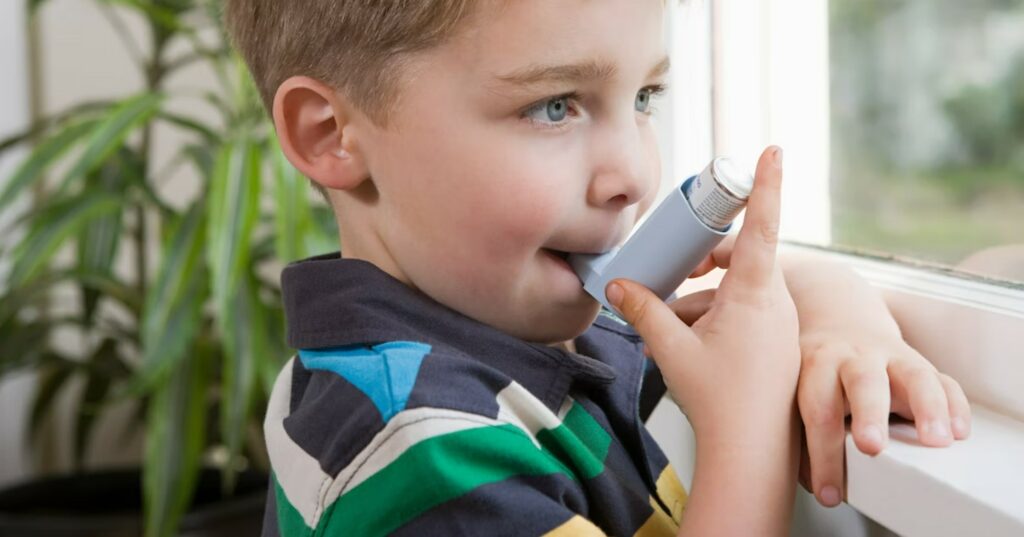An estimated 15,000 children under 15 years old in Belgium suffer from asthma symptoms caused by cooking on a gas stove, research by two European organisations show. Gas hobs produce carbon monoxide, particulate matter and other harmful substances that can cause serious health problems.
In the whole of Europe, some 700,000 children had asthmatic complaints last year due to gas cooking. Research by CLASP, an organisation that promotes energy efficiency in appliances, 12% of children with asthma could be prevented by banning the gas stove from the kitchen. Adults with respiratory diseases also risk feeling a negative impact from gas cooking.
"The striking thing is that health is not yet an argument at all in the discussion about switching off gas," said Piet Jacobs, a specialist in the field of indoor air quality, from the Dutch Organisation for Applied Scientific Research (TNO), who participated in the research.
More than 100 million inhabitants of the EU still cook with gas. In Belgium, about 25% of all households prepare food on gas, but this number rises to more than 50% in countries such as Italy, Hungary, Romania and the Netherlands. Additionally, the organisations warn that the energy crisis could worsen air quality in the kitchen, as people may opt not to open their windows as much to retain heat. As a result, the nitrogen dioxide indoors can increase to such an extent that it causes health risks.
Passive smoking
CLASP and the health organisation European Public Health Alliance (EPHA) point to several studies that show that gas stoves increase the risk of asthma in children, and pointed to evidence showing that this type of air pollution may have an adverse effect on their brain development.
Air pollution in the kitchen can also have adverse effects on the airways in adults. According to CLASP, the effect of cooking on gas is the same as that of the passive smoking of cigarettes.
In the underlying research, TNO saw that the guidelines of the World Health Organisation (WHO) for good air quality are being exceeded several times a week. CLASP believes that gas cookers actually need a warning label, just like cigarette packs. "It can be just as harmful as passive smoking. That is why governments should provide warning labels on the devices."
Those who cannot easily make the switch to a form of electric cooking would do well to ventilate the kitchen as much as possible and to use a carbon monoxide meter. Environmental epidemiologist Tim Nawrot (UHasselt) pointed out that using the hood correctly and providing adequate ventilation can make a big difference.
Related News
- Vapers more likely to get asthma
- Health experts dismiss common belief that cold weather makes us sick
- Unborn babies already affected by air pollution, research shows
"It is important that your cooker hood extracts enough air and that you switch it on as soon as you turn on the gas fire," he told De Morgen. "Quite a few people only do that when steam comes out of the pots, but at that moment the harmful substances are already circulating in your house."
The TNO research organisation did add that it does matter which type of cooker hood you use. "We do not recommend a recirculation extractor hood in combination with gas cooking," Jacobs said. "After a few weeks, it no longer discharges any NO2 and then it hardly filters ultrafine particles, which are also released during gas combustion."
An even better measure would be to switch from gas to electric cooking, in combination with an extractor hood that blows the air outside. This way, the NO2 and the ultrafine particles are reduced by 100%, and it is more energy efficient.

